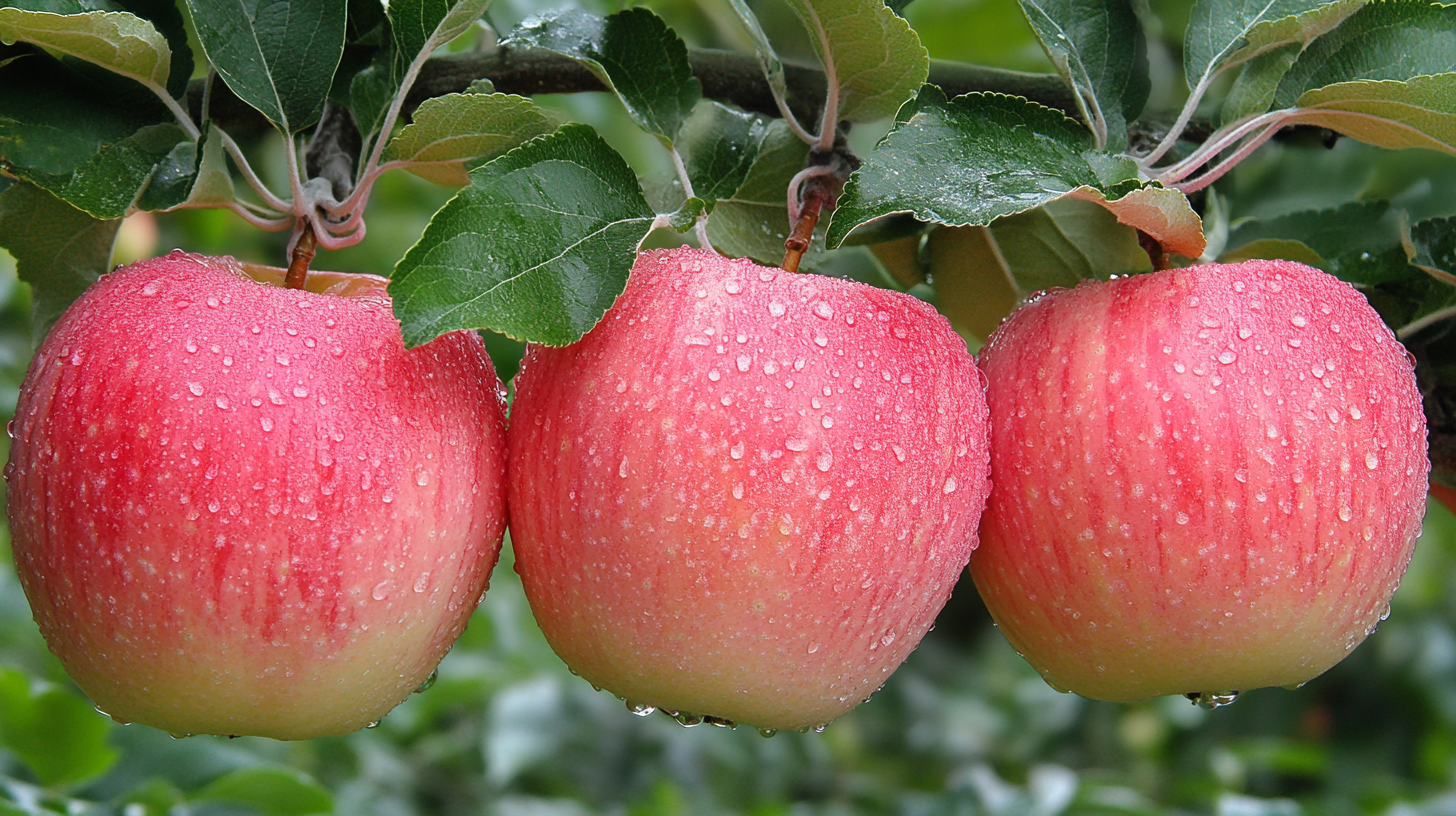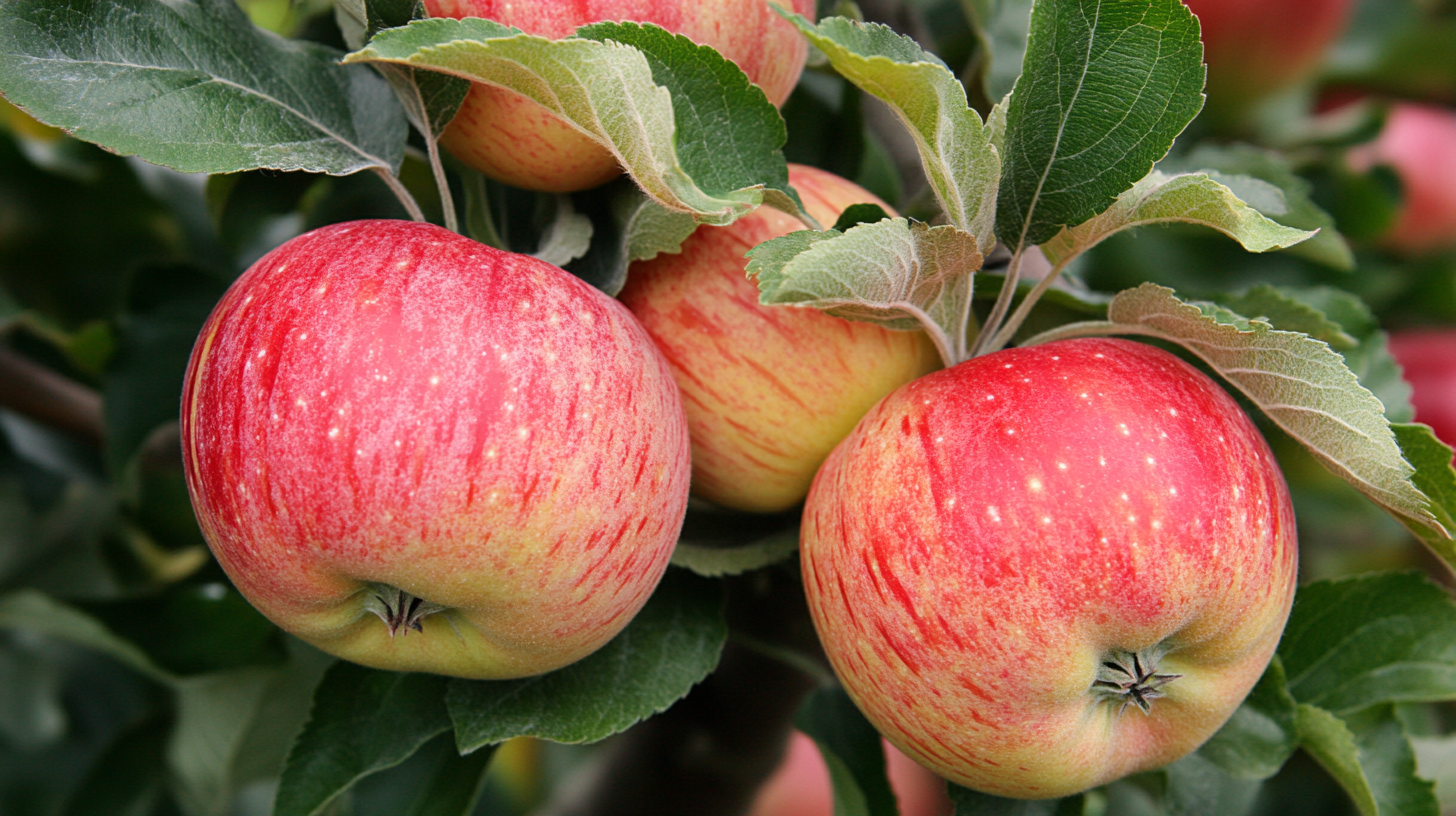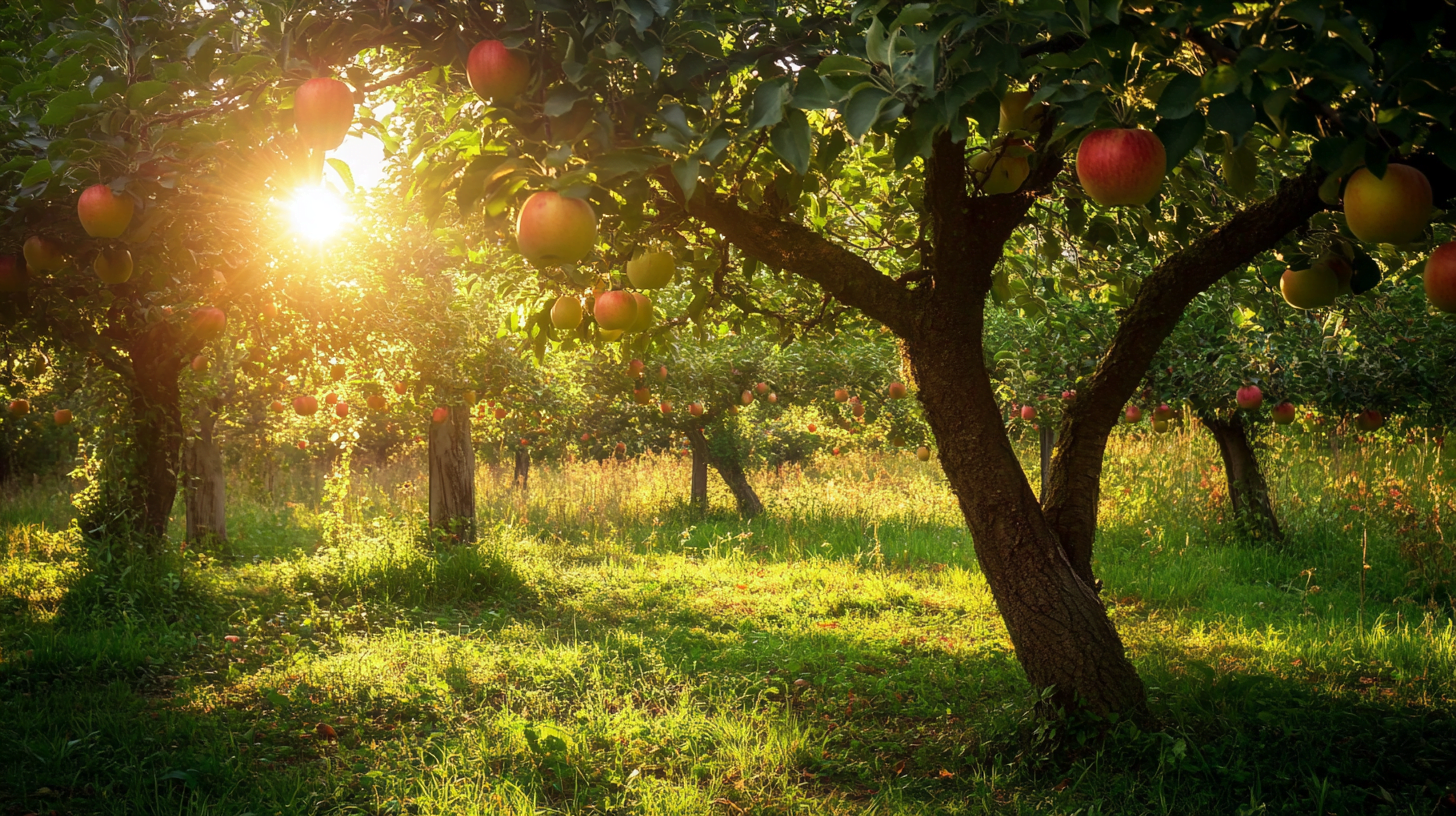Beautiful Plants For Your Interior
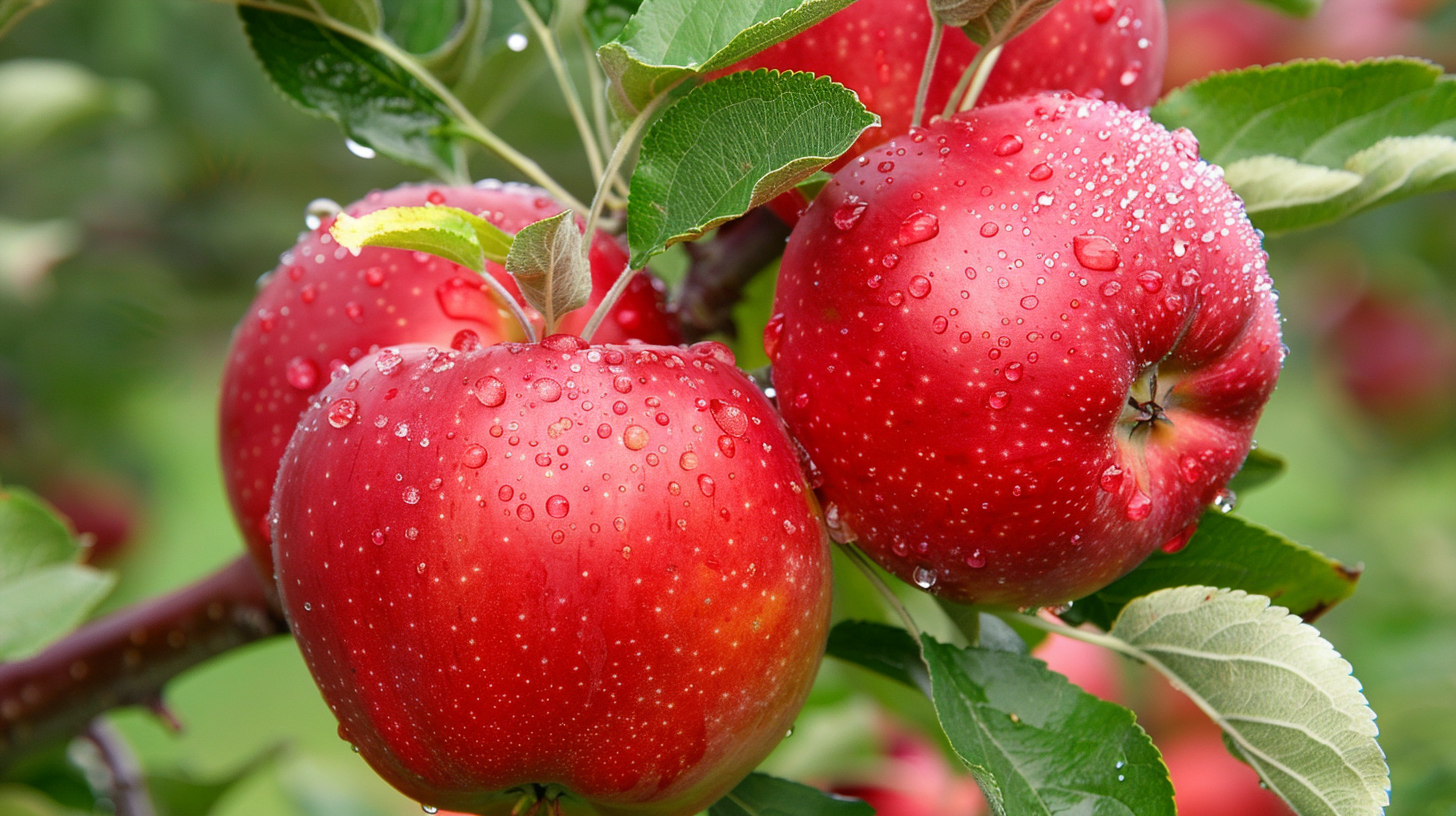
Table of Contents
Understanding Disease-Resistant Apple Trees
Growing apple trees can be a rewarding experience, but it comes with its challenges, particularly when it comes to managing diseases. Choosing disease-resistant apple trees can significantly reduce the need for chemical treatments and increase the chances of a healthy, productive orchard. This guide will explore the most common apple tree diseases, the benefits of disease-resistant varieties, and the top disease-resistant apple trees you can plant.
Common Apple Tree Diseases
Apple Scab
Apple scab is a fungal disease that causes dark lesions on leaves and fruit, leading to premature leaf drop and unsightly, cracked fruit. It thrives in wet conditions and can be challenging to control once established.
Fire Blight
Fire blight is a bacterial disease that can devastate apple trees, causing branches to appear scorched. It spreads rapidly in warm, humid conditions and can kill young trees if not managed promptly.
Cedar Apple Rust
Cedar apple rust is a fungal disease that requires both apple and cedar trees to complete its life cycle. It causes bright orange spots on leaves and can lead to defoliation and reduced fruit quality.
Powdery Mildew
Powdery mildew appears as a white, powdery coating on leaves, shoots, and fruit. It can weaken trees, reduce fruit quality, and make them more susceptible to other diseases.
Why Choose Disease-Resistant Apple Trees?
Reduced Need for Chemical Treatments
Disease-resistant apple trees require fewer chemical treatments, making them a more environmentally friendly option. This also reduces the time and cost associated with maintaining your orchard.
Lower Maintenance
These trees are generally easier to care for, as they are less susceptible to common diseases. This means less pruning, spraying, and monitoring for signs of disease.
Increased Yield and Healthier Fruit
Healthy trees produce more and better-quality fruit. Disease-resistant varieties are more likely to thrive and yield abundant, high-quality apples.
Environmental Benefits
Using fewer chemicals benefits the environment by reducing pollution and promoting biodiversity. Disease-resistant trees contribute to a healthier ecosystem.
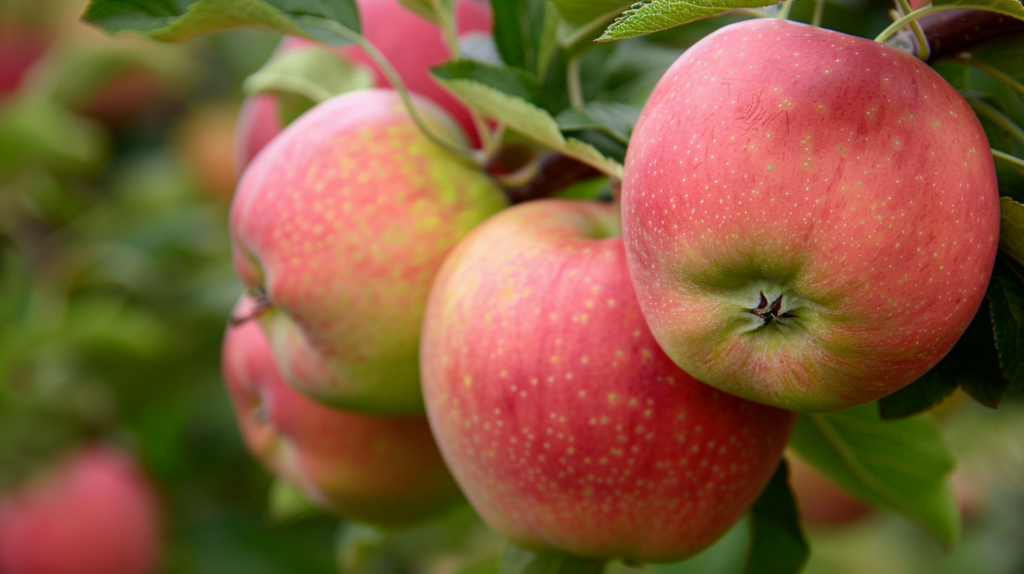
Top Disease-Resistant Apple Trees
Liberty Apple Tree
Liberty is a McIntosh-style apple that is very resistant to scab, cedar apple rust, mildew, and fire blight. It matures in late September and is known for its sweet, juicy, and crisp taste, making it ideal for fresh eating and cider.
- Hardiness Zones: 4-7
- Resistance: Very resistant to scab and cedar apple rust; some resistance to mildew and fire blight
Freedom Apple Tree
Freedom apples mature in late September to mid-October and have a sweet-tart, juicy flavor. Developed by Cornell AgriTech, this variety is resistant to scab, mildew, and cedar apple rust, with some resistance to fire blight.
- Hardiness Zones: 4-7
- Resistance: Very resistant to scab; resistant to mildew and cedar apple rust; some resistance to fire blight
Enterprise Apple Tree
Enterprise produces delicious, red apples that are easy to grow and store well. It is highly resistant to scab and cedar apple rust, with moderate resistance to mildew and fire blight.
- Hardiness Zones: 4-7
- Resistance: Very resistant to scab; resistant to cedar apple rust; moderately resistant to mildew and fire blight
GoldRush Apple Tree
GoldRush is known for its excellent storage qualities and spicy flavor. It is highly resistant to scab and powdery mildew, with some resistance to fire blight.
- Hardiness Zones: 4-9
- Resistance: Very resistant to scab and powdery mildew; some resistance to fire blight
William’s Pride Apple Tree
William’s Pride is an early-season apple with excellent resistance to scab, cedar apple rust, fire blight, and mildew. It is a great choice for fresh eating and cooking.
- Hardiness Zones: 4-7
- Resistance: Very resistant to scab, cedar apple rust, fire blight, and mildew
How to Choose the Right Disease-Resistant Apple Tree
Assessing Your Local Disease Pressures
Understanding the common diseases in your area is crucial. For example, if fire blight is prevalent, choose varieties with strong resistance to this disease. Local extension services can provide valuable information on regional disease pressures.
Considering Climate and Hardiness Zones
Match apple tree varieties to your climate and hardiness zone. For instance, GoldRush thrives in zones 4-9, while Liberty is suitable for zones 4-7. Ensure the variety you choose can withstand your local weather conditions.
Pollination Requirements
Most apple trees require cross-pollination to produce fruit. Plant at least two different varieties that bloom at the same time. Some disease-resistant varieties, like Liberty, are partially self-fertile but will produce more fruit with a pollination partner.
Planting and Caring for Disease-Resistant Apple Trees
Site Selection and Soil Preparation
Choose a sunny location with well-drained soil. Avoid low-lying areas where water can accumulate. Prepare the soil by adding organic matter to improve fertility and drainage.
Planting Techniques
- Dig a Hole: Twice as wide and as deep as the root ball.
- Position the Tree: Place the tree in the hole, ensuring the graft union is above soil level.
- Backfill: Fill the hole with soil, gently firming it around the roots.
- Water: Thoroughly water the tree to settle the soil.
Pruning and Training
Prune apple trees to remove dead or diseased wood and to shape the tree for better air circulation and sunlight penetration. Training young trees helps establish a strong structure.
Watering and Fertilization
Water newly planted trees regularly until established. Mature trees need watering during dry spells. Fertilize in early spring with a balanced fertilizer to promote healthy growth.
Monitoring and Managing Pests and Diseases
Regularly inspect trees for signs of pests and diseases. Use organic or chemical controls as needed. Remove and destroy any infected plant material to prevent the spread of disease.
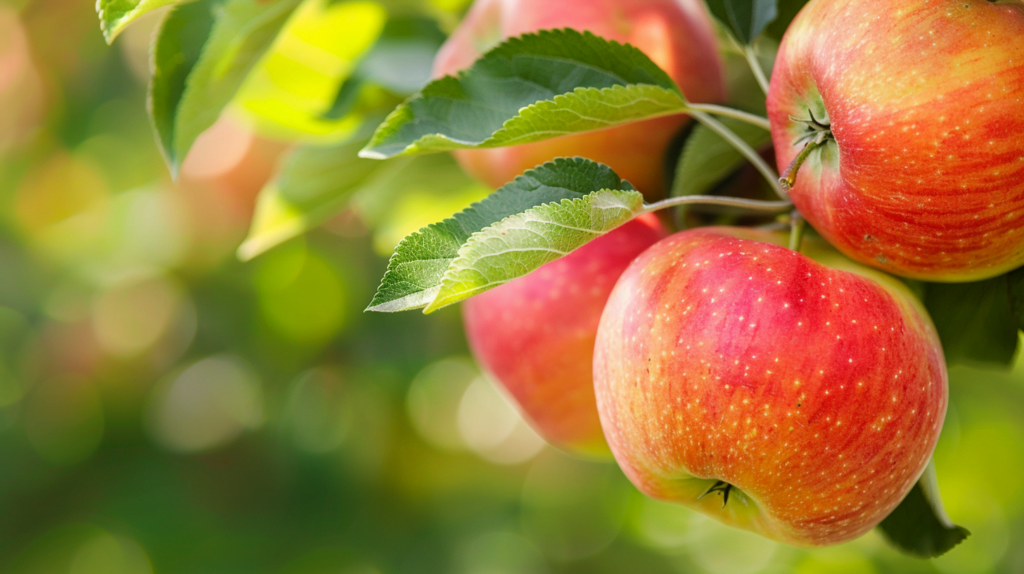
Harvesting and Using Apples from Disease-Resistant Trees
When to Harvest
Harvest apples when they are fully ripe. Signs of ripeness include a change in color, ease of separation from the tree, and a sweet aroma.
Harvesting Techniques
Gently twist and lift the apple to avoid damaging the fruit and tree. Use a ladder for higher branches and handle the fruit carefully to prevent bruising.
Using Your Harvest
- Fresh Eating: Varieties like Liberty and William’s Pride are excellent for fresh consumption.
- Cooking and Baking: GoldRush and Enterprise are great for pies and other baked goods.
- Canning and Preserving: Preserve your harvest by making applesauce, cider, or dried apple slices.
Embracing Disease-Resistant Apple Trees for a Healthier Orchard
Planting disease-resistant apple trees is a smart choice for any orchard. These varieties reduce the need for chemical treatments, require less maintenance, and produce healthier, more abundant fruit. By selecting the right varieties and providing proper care, you can enjoy a productive and sustainable apple orchard.
Further Reading and Resources
- Detailed Guides: Check out comprehensive guides on specific apple tree varieties.
- Books and Websites: Explore recommended books and websites on apple tree care.
- Local Extension Services: Contact local extension services for personalized advice and support.
By choosing disease-resistant apple trees and following best practices for planting and care, you can create a thriving orchard that provides delicious fruit for years to come.
